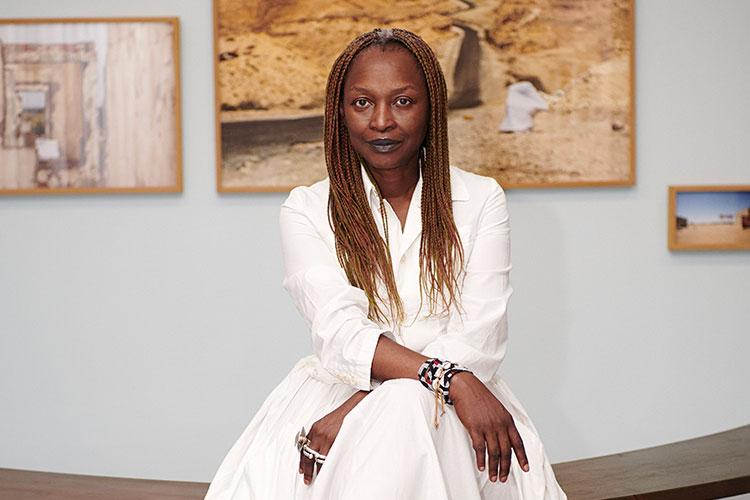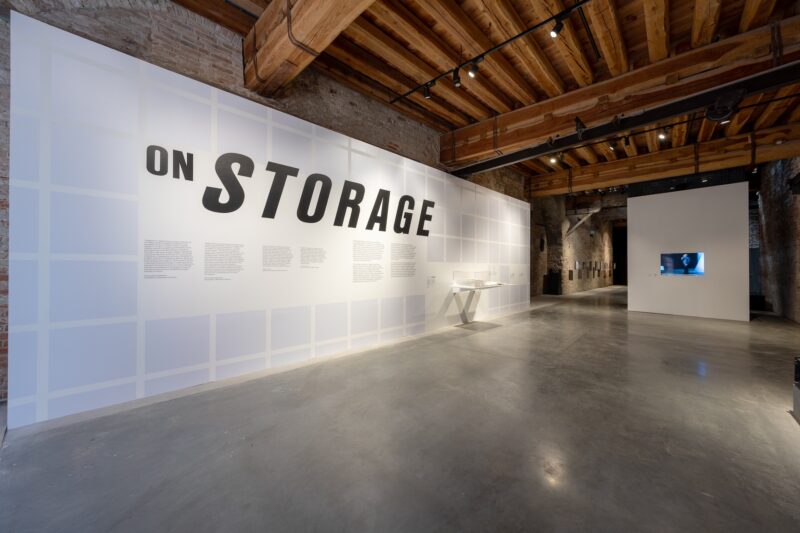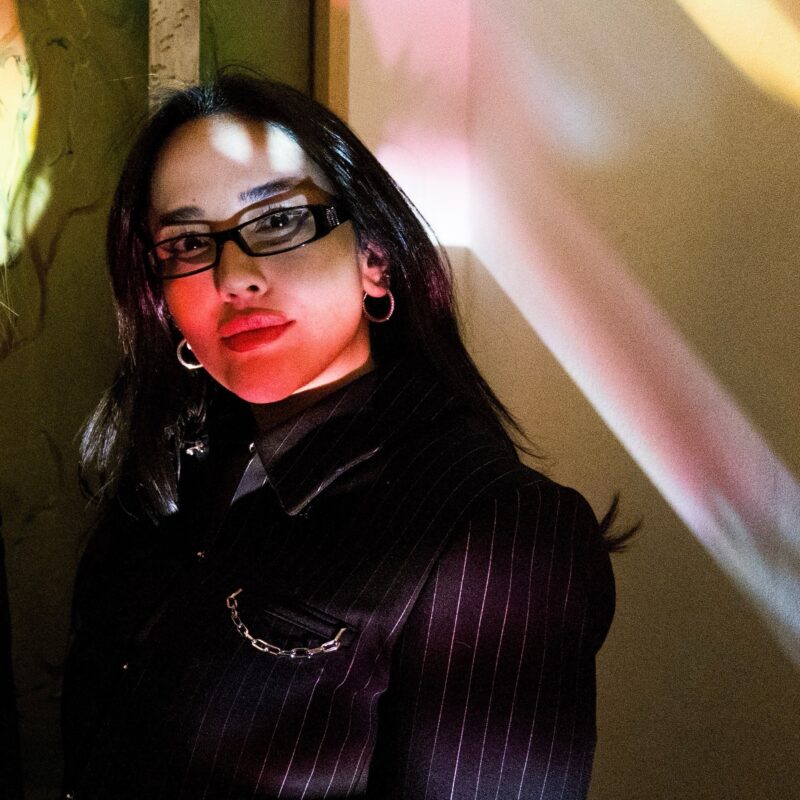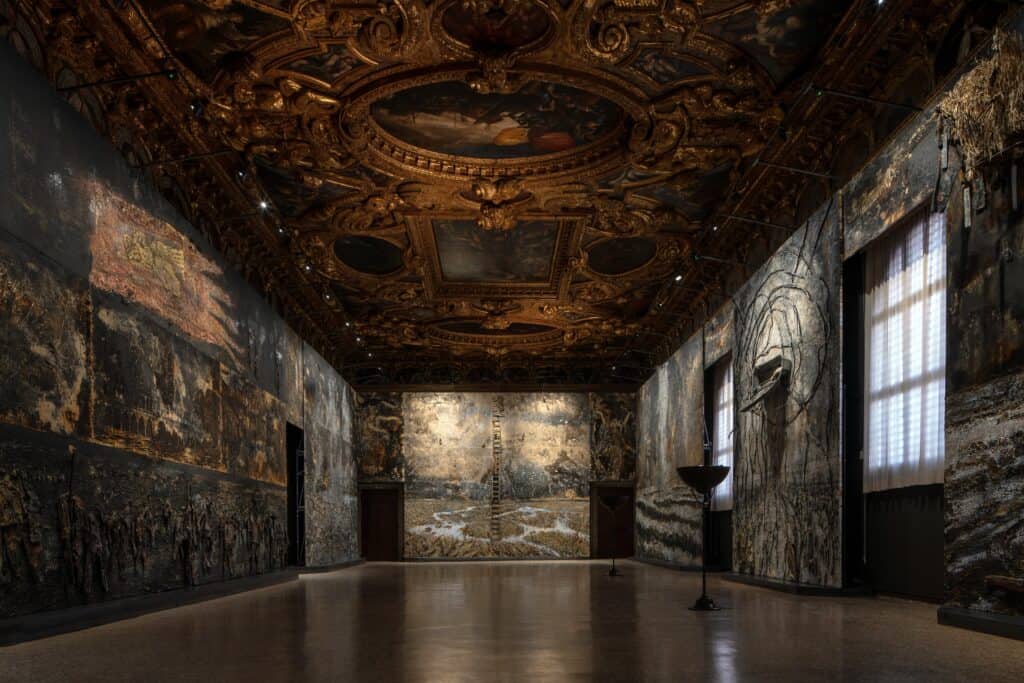
Anselm Kiefer presents a new body of work in the Sala dello Scrutinio and the Sala della Quarantia Civil Nova at the Palazzo Ducale (Doge’s Palace) in Venice to coincide with the 59th Venice Biennale.
Kiefer was invited by the Fondazione Musei Civici di Venezia (MUVE), to present a site-specific installation of paintings that responds to one of the most important spaces in the Palazzo Ducale and to the history of Venice. The exhibition runs until 29th October 2022.
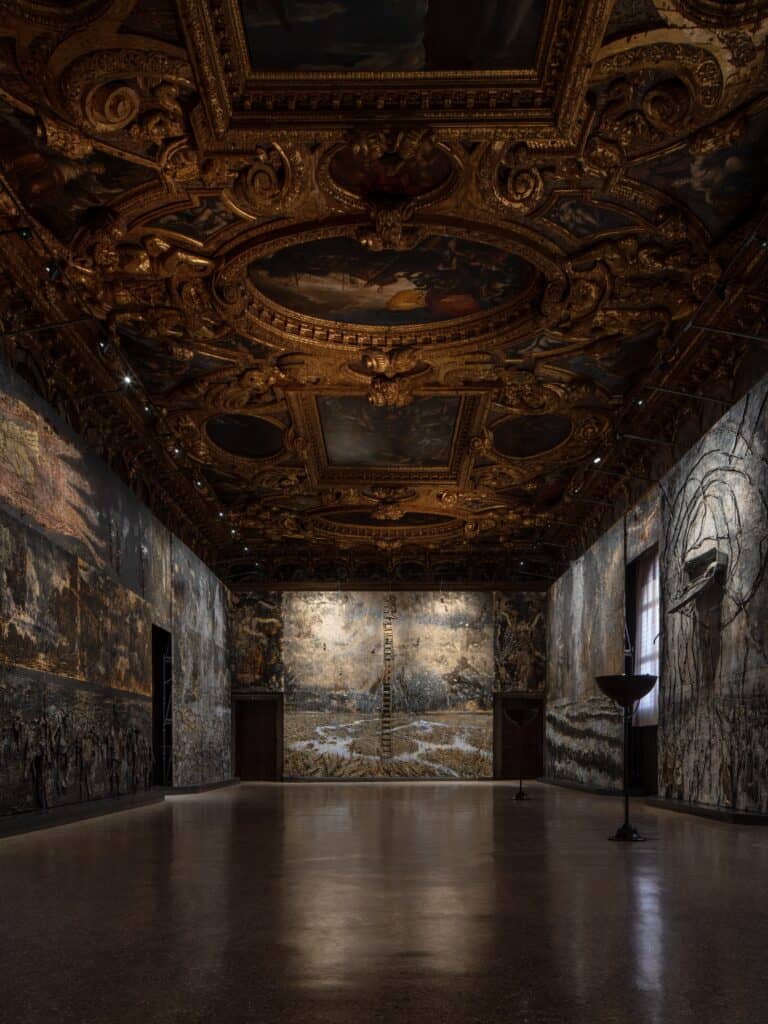
“It sometimes happens that there is a convergence between past and present moments, and as they come together one experiences something of that stillness in the hollow of a wave about to break. Originating in the past but pertaining at bottom to something more than the past, such moments belong as much to the present as to the past, and what they generate is of the utmost importance.”
Anselm Kiefer
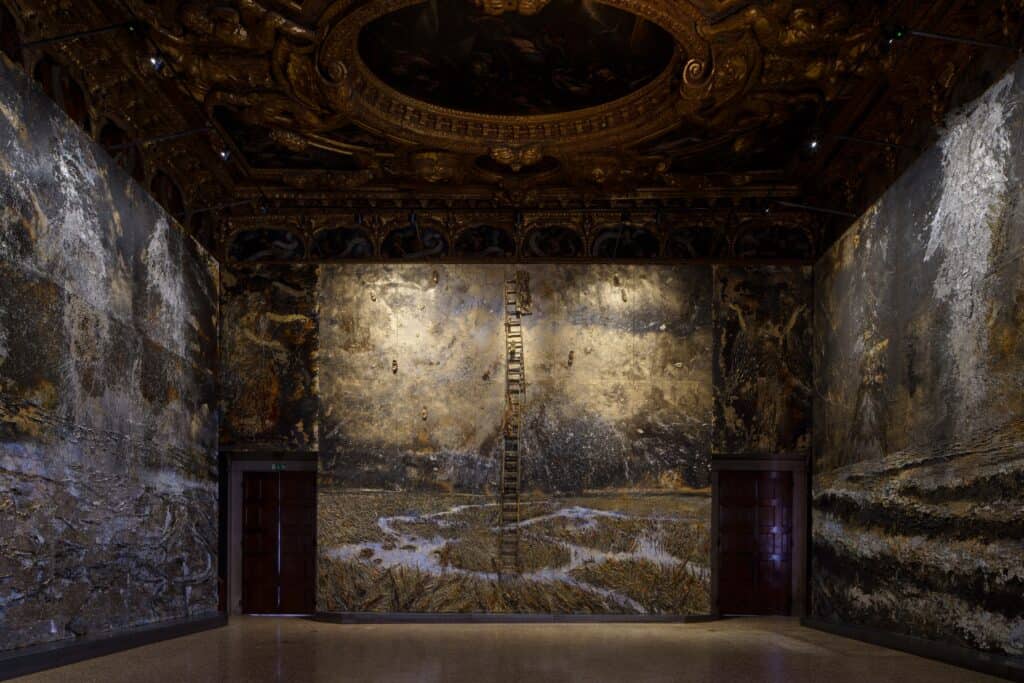
The Palazzo Ducale has served as a backdrop to generations of artists including Giovanni Bellini, Vittore Carpaccio, Titian, Veronese, Tintoretto and many others. The monumental space of the Sala dello Scrutinio was the venue for the elections of the Doge and its walls are richly decorated with paintings celebrating the power of the Serenissima Repubblica di Venezia.
Philosophical and literary references have always been central to an understanding of Anselm Kiefer’s work. The exhibition takes its title, Anselm Kiefer Questi scritti, quando verranno bruciati, daranno finalmente un po’ di luce (Andrea Emo) (loosely translated as These writings, when burned, will finally cast a little light), from the writings of the Venetian philosopher Andrea Emo (1901-1983). Kiefer first encountered Emo’s work six years ago and his artistic method has striking parallels with Emo’s philosophical thought.
In the installation in Palazzo Ducale Anselm Kiefer also reflects upon Venice’s unique position between north and south and the interplay of the Orient with the Occident. He sees equally meaningful connections between all these different cultures and the history of Venice, where the words of Goethe’s tragic play, Faust: The Second Part of the Tragedy (1832) still resonate.
The exhibition is accompanied by a fully illustrated catalogue published by Marsilio containing texts by the exhibition’s curators Gabriella Belli and Janne Sirén, and other distinguished authors, including Salvatore Settis, Massimo Donà, Jean de Loisy, Elisabetta Barisoni, and a conversation between Hans Ulrich Obrist and Anselm Kiefer.
Gabriella Belli, Director of the Fondazione Musei Civici di Venezia, said:
“The mission of this great project is to understand the need for public spaces to bear witness to our time, to construct an epiphany of our contemporary era, and to put on stage the present and its universal values.”
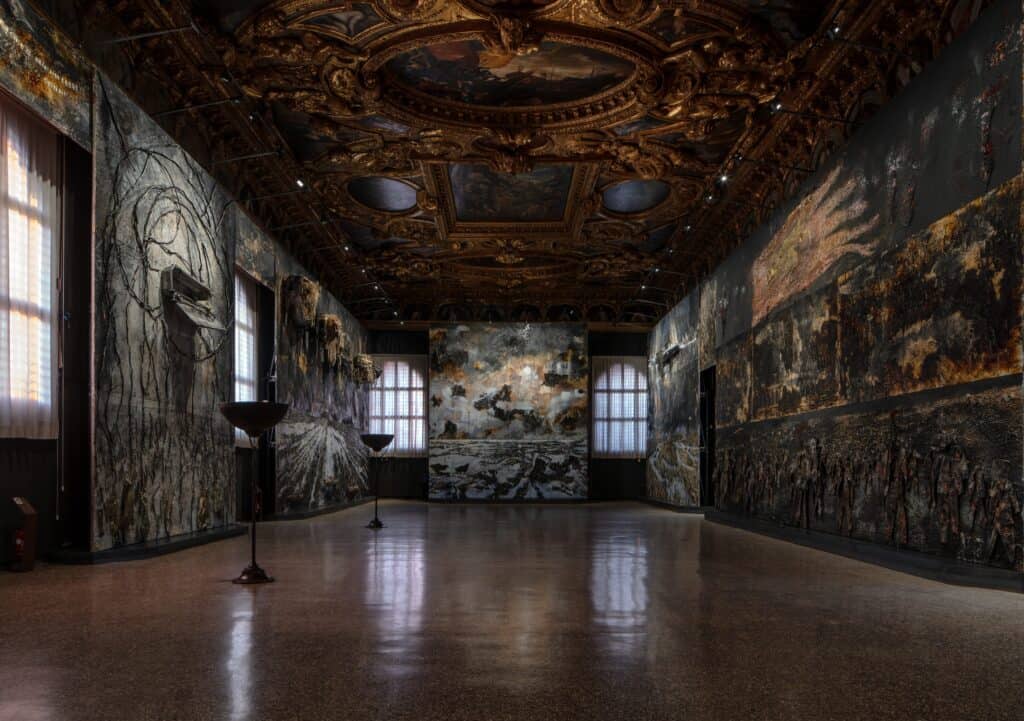
Anselm Kiefer Questi scritti, quando verranno bruciati, daranno finalmente un po’ di luce (Andrea Emo) at Palazzo Ducale, Piazza San Marco, 30124 Venice. Admission: Free with General Admission Ticket visitmuve.it/it/ufficio-stampa
About the artist
Anselm Kiefer’s monumental body of work represents a microcosm of collective memory, visually encapsulating a broad range of cultural, literary, and philosophical allusions—from the Old and New Testaments, Kabbalah mysticism, Norse mythology and Wagner’s Ring Cycle to the poetry of Ingeborg Bachmann and Paul Celan.
Born during the closing months of World War II, Kiefer reflects upon Germany’s post-war identity and history, grappling with the national mythology of the Third Reich. Fusing art and literature, painting and sculpture, Kiefer engages the complex events of history and the ancestral epics of life, death, and the cosmos. His boundless repertoire of imagery is paralleled only by the breadth of media palpable in his work.
Kiefer’s oeuvre encompasses paintings, vitrines, installations, artist books, and an array of works on paper such as drawings, watercolours, collages, and altered photographs. The physical elements of his practice—from lead, concrete, and glass to textiles, tree roots, and burned books—are as symbolically resonant as they are vast-ranging. By integrating, expanding, and regenerating imagery and techniques, he brings to light the importance of the sacred and spiritual, myth and memory.
Anselm Kiefer was born in 1945 in Donaueschingen, Germany. After studying law and Romance languages, he attended the School of Fine Arts at Freiburg im Breisgau and the Art Academy in Karlsruhe while maintaining a contact with Joseph Beuys.
Kiefer’s work has been shown and collected by major museums worldwide, including the following: “Bilder und Bücher,” Kunsthalle Bern, Switzerland (1978); “Verbrennen, verholzen, versenken, versanden,” West German Pavilion, 39th Biennale di Venezia, Italy (1980); “Margarete—Sulamith,” Museum Folkwang, Germany (1981); Kunsthalle Düsseldorf, Germany (1984, traveled to ARC Musée d’Art Moderne de la Ville de Paris, France; and Israel Museum, Jerusalem); “Peintures 1983–1984,” Musée d’Art Contemporain, Bordeaux (1984); and Art Institute of Chicago, Illinois (1987, traveled to Philadelphia Museum of Art, Pennsylvania; Museum of Contemporary Art, Los Angeles; and Museum of Modern Art, New York, through 1989).
